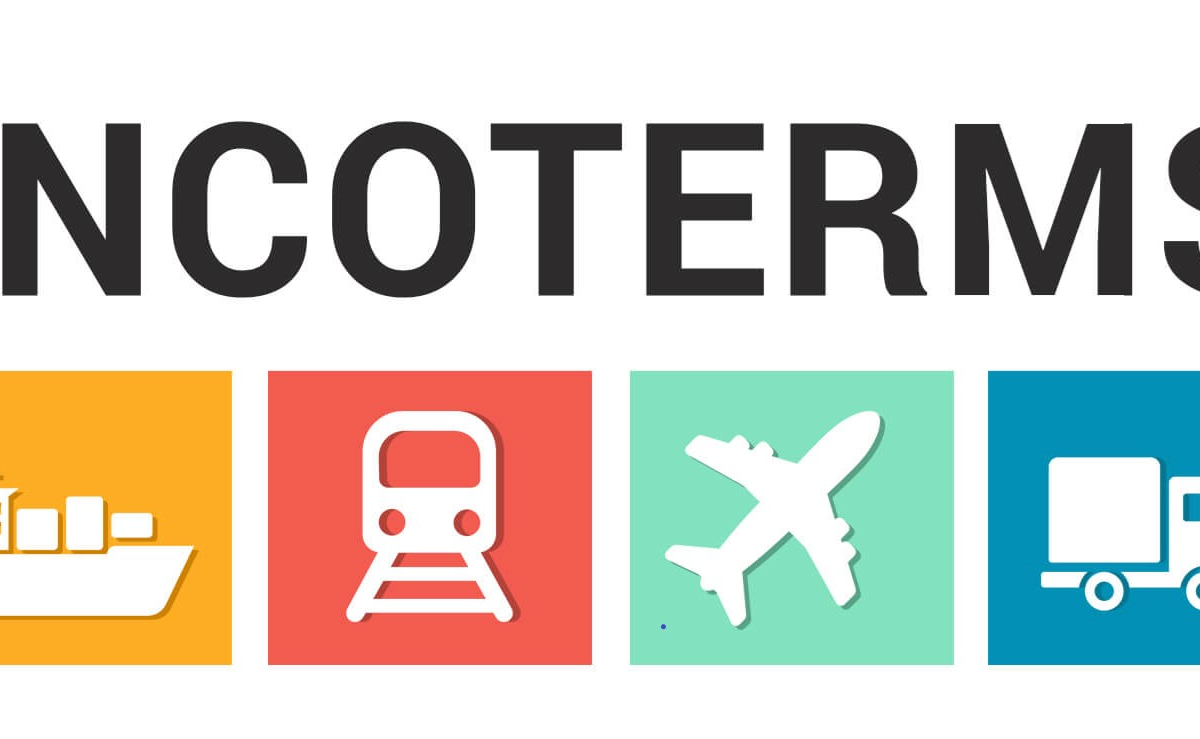
This Article is written by Ernesto Mendoza
Nearshoring is gaining popularity. Manufacturers are moving their supply chains closer to home. For North American companies, Mexico is a top choice. Its location, trade deals like USMCA, and competitive labor costs make it attractive.
In 2024–2025, nearshoring is a big trend. Companies want shorter lead times and lower costs. They also need to adapt to market changes quickly. Mexico offers these advantages. At the same time, the Mexican government is protecting local industries. New tariffs aim to curb unfair competition, especially in textiles.
The December 19, 2024, Decree: Protecting the Textile Industry
On December 19, 2024, President Claudia Sheinbaum and Minister of Economy Marcelo Ebrard announced a new decree. It raised import duties on textiles. This aims to stop misuse of the IMMEX program. It also supports local producers. The decree’s main points include:
- Tariffs: A 15% duty on 17 specific textile codes. A 35% duty on 138 other textile goods.
- IMMEX Restrictions: The list of restricted goods for IMMEX was expanded. This limits some companies from using temporary import loopholes.
The decree has several goals. It enforces IMMEX rules. Data shows 48% of temporary goods never left Mexico. This decree fights illegal sales of these goods. It also protects over 400,000 textile jobs. The government estimates that IMMEX abuses caused 79,000 job losses in 2024. This also led to a 4.8% drop in GDP. The decree also helps free trade agreement partners. It gives them incentives to follow Mexico’s rules. This measure follows an April 22, 2024, decree. That one also increased import duties to fight unfair competition.
Nearshoring and Textile Tariffs: The Interplay
The timing of these events is important. Businesses are still re-evaluating supply chains after the pandemic. This makes it a good time for nearshoring. U.S. political changes can affect tariffs and demand. Companies need to watch these trends closely. They must match their plans with changing policies. Also, shorter routes from Mexico help with ESG goals. They reduce transport costs and carbon emissions.
While the decree adds duties on some textiles, it is specific. Mexico still promotes nearshoring in many sectors. These include auto, aerospace, and semiconductors. The new policy targets textile-specific abuses. It causes minimal issues for legitimate importers.
Mexico’s Competitiveness vs. China
Despite concerns about higher tariffs, Mexico is still very competitive with China.
- Geographic Proximity: Mexico’s closeness to the U.S. shortens lead times. This is key for just-in-time production.
- Cost and Predictability: Land routes from Mexico are often cheaper and more reliable than ocean freight from Asia.
- Trade Agreements: Mexico has duty-free access to the U.S. market under USMCA. China does not have this advantage. Mexico also has over 50 other free trade agreements.
- Skilled Workforce: China’s wages have been rising. Mexico offers competitive wages. It has a skilled manufacturing workforce from decades of maquiladora operations.
As more companies nearshore, other industries grow. Logistics and parts makers expand. This creates a good cycle of lower costs and new ideas. Public and private sectors are improving infrastructure. This is happening in northern and Bajío industrial areas. Being closer to end consumers gives companies more flexibility. It allows faster product changes. It also cuts time-to-market. Moving away from China helps avoid geopolitical risks and currency instability.
Persistent Obstacles and Solutions
Mexico faces challenges that can slow nearshoring. Debates over energy policy and pricing can deter big investments. Many companies want carbon-neutral operations. Reliable renewable energy in Mexico is a must for them. Investors need stable rules. Sudden legal changes are a risk. Some regions have higher security risks. The government is working to fight crime and protect industrial corridors. Ports and roads also need more capacity for growing trade.
Economic Outlook: Seizing a Big Opportunity
Despite textile industry problems, experts are hopeful for Mexico’s nearshoring future. Mexico’s location, trade deals, and manufacturing skills still attract companies. Organizations like COPARMEX say addressing energy, security, and legal reforms could lead to a “once-in-a-century” change. If done right, nearshoring can create many jobs. It can protect 400,000 jobs in textiles. It can also add thousands more in other areas. Using local content in manufacturing can boost Mexico’s economy. Foreign investment brings new technology. This improves skills and productivity.
Conclusion
The Mexican government’s new textile tariffs show its commitment. They want to protect local industries. They also want to uphold IMMEX rules. While this causes worry for some, it targets unfair practices. Meanwhile, nearshoring is still growing in other manufacturing areas. This is thanks to Mexico’s geography, trade benefits, and industrial system. Balancing strict import rules with pro-investment reforms is hard. But it is necessary. In 2025, Mexico is at a key moment. It can become a manufacturing leader. Or it could miss this chance due to ongoing problems. By using nearshoring and ensuring fair rules, Mexico can seize this historic opportunity. It can become a leading global competitor against players like China.



